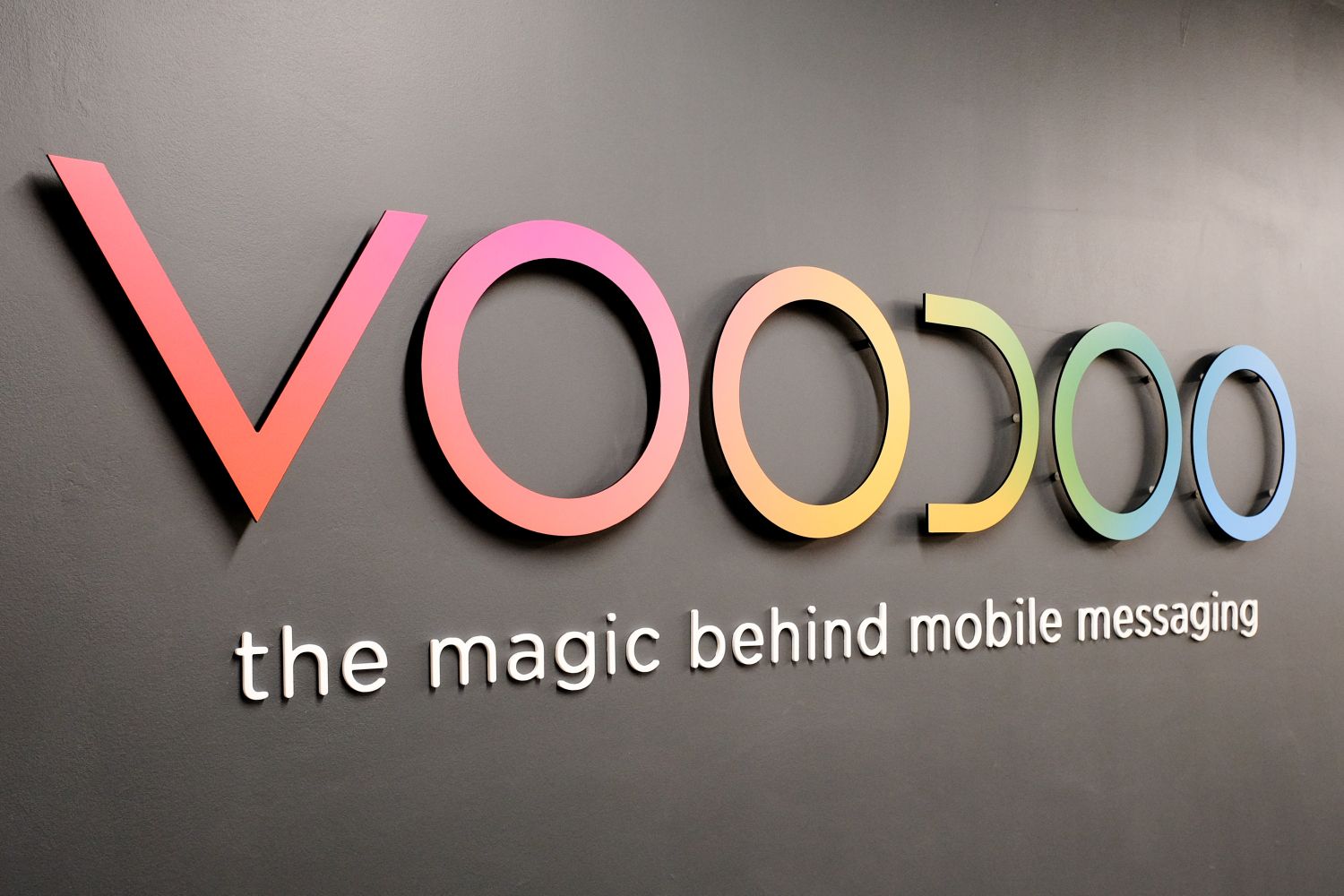
Make magic. Reach your customers. Embrace SMS.
Perhaps one of the more unusual ways in which lockdown has affected our daily lives is the way we all communicate with each other. Yet the way in which the UK government embraced SMS messaging as part of its communications plans illustrates just some of the ways in which businesses can successfully embrace the technology.
Of course, it wasn’t always that way, and in this post, we’re going to take a potted look at the history of SMS messaging and why you can’t afford to ignore SMS when it comes to communicating with your customers.
A government first
Governments and public sector bodies are naturally cautious entities. So why did the UK government turn to text during the Covid-19 pandemic?
At the beginning of the first lockdown in March 2020, every UK mobile phone received a text alert. The message “Stay at home. Protect the NHS. Save Lives.” was a watershed moment and a genuine first when it came to embracing SMS messaging in government communications.
For some, it was a day when science fiction met reality, but why did the government choose to communicate with UK mobile users in this way?
When it comes to communicating with others, it can be a tricky business. The Sun, once Britain’s most popular tabloid, saw its circulation plummet from 2.5m daily copies in 2012 to less than a million by the beginning of 2021. However, choosing to communicate via social media can be very much a game of pot luck and chance, depending on who you are targeting. Yet according to OFCOM, 98% of UK households own a mobile phone.
Yet it could have been a very different story.
How SMS took over the world
SMS could easily have found itself consigned to the history books like so many other failed inventions. Uptake of the technology, certainly during its early life, was slow. Costs were high and a well-documented statistic revealed early users sent an average of just 0.4 messages per month: just five texts a year! After all, why would anyone want to send a message when you could just as easily pick up the phone?
1999: Text messaging comes of age
The late 1990s saw two significant changes that transformed SMS messaging forever. The lifting of network restrictions meant it was suddenly possible to contact anyone via text, whilst the advent of pay-as-you-go mobiles made the technology more accessible to a new generation of mobile users.
Teenagers quickly discovered they could make their credit stretch much further by spending 10p on a text message, compared with the cost of a phone call. A new language emerged too, bringing with it terms such as LOL, OMG and YOLO, as well as creating the first generation of emojis ☺, many of which have made the transition from mobile messaging into our everyday language.
Some businesses quickly spotted the commercial opportunities presented by this new way of communicating, and by 2001, UK mobile users were sending a billion messages each month.
Commercial opportunities offered by SMS
Businesses soon spotted the potential offered by text messages too. Today, it is used in many different commercial applications. From providing customers with service information, gauging customer feedback, providing delivery information, and even as a means to deliver special promotional offers.
In 2016, the UK government launched a text notification service, which is used across a wide range of public sector bodies including local authorities and the NHS. Harnessing text messaging has even been attributed as one of the reasons why the UK’s Covid-19 vaccination programme has been so successful.
Whether you are looking to build added functionality into your business, harness the magic of mobile marketing or simply want to provide excellent customer service, VOODOO’s powerful mobile messaging platform is designed to help your business succeed.
The evolution of SMS messaging: a timeline
1982 – Sending messages via mobile devices gains approval by CEPT (the European Conference of Postal and Telecommunications Administrations), paving the way for both mobile telephones and exchanging messages directly between mobile message handling systems.
1984 – The short messaging service (SMS) concept is developed by Friedhelm Hillebrand and Bernard Ghillebaert. The key idea for SMS messaging was built around a telephone-based system. The first messages were limited in length to 128 bytes to enable them to fit into existing signalling formats used at the time.
1990 – The first set of GSM specifications were released, enabling SMS messaging technology to be standardised.
1992 – Programmer Neil Papworth sent the world’s first SMS message, simply saying “Merry Christmas” on 3rd December.
1993 – Nokia becomes the first mobile handset provider to support SMS text message delivery.
1994 – Finnish operator Radiolinja became the first network to offer a commercial person-to-person SMS text messaging service.
1995 –The first predictive texting software was launched.
1997 – Another first for Nokia, when it launched 9000i Communicator, the first mobile to feature a full keyboard.
1998 – First premium rate content delivered by SMS messages. The technology was typically used to download ringtones. Although users would have to wait another six years for the Crazy Frog to make its debut!
1999 – Until now, mobile phone users could only send messages to people who shared the same network. Following a cross network agreement, for the first time, users could send messages to users on different networks enabling text messaging to become mainstream.
2002 – The first device capable of delivering multimedia messages, the Sony Ericsson T68i, launches.
2003 – Consumer affairs programme Watchdog becomes the first UK British TV programme to gauge public opinion using SMS messaging.
2008 – Research company Nielsen reported US mobile users sent and received more text messages than phone calls for the first time.
2011 – SMS messaging use reaches a peak of 7.4 trillion text messages being sent during the year.
2012 – Text messages become the most used method for daily communication with family and friends, with 58% of adults reporting receiving messages at least once a day.
2013 – “Emoji” enters the Oxford English Dictionary, and a new era begins: VOODOO opens its doors for the very first time!
2016 – An industry survey reveals 83% of millennials will open a text message within just 90 seconds of receiving it.
2020 – The UK government sent out a message to every mobile phone registered on UK networks to announce the beginning of the first national lockdown as part of its response to the global Covid-19 pandemic.
2021 – The NHS begins rolling out its Covid-19 vaccinations programme using SMS messaging to contact eligible patients.
